Embark on a culinary adventure as we explore a selection of little-known foods from around the world that are sure to delight your taste buds. These hidden gems are not only packed with flavor but also hold unique stories and cultural significance. Prepare to be amazed by their extraordinary tastes and origins!
Salak
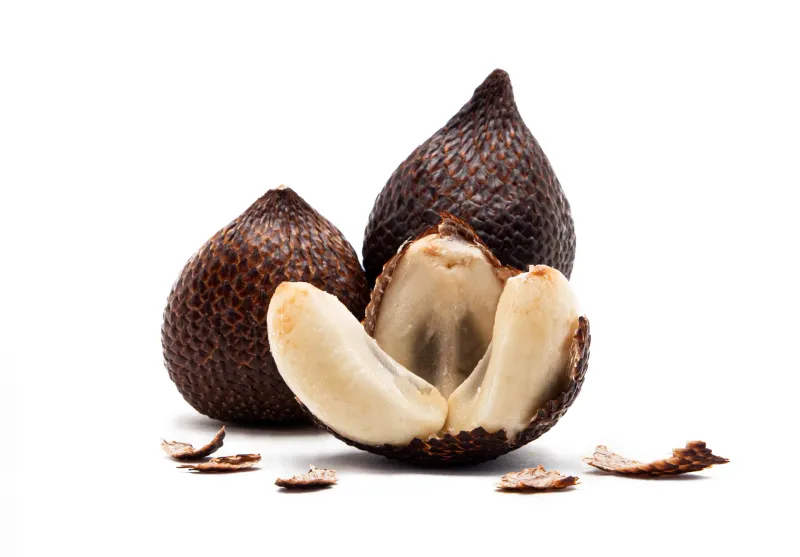
Salak, also known as snake fruit, is a tropical delight native to Indonesia. Its peculiar scaly skin might seem intimidating at first, but inside lies a juicy, sweet and tangy surprise. The flavor is reminiscent of a blend of apples and pineapples, with a hint of honey sweetness to round it off.
Salak is often enjoyed fresh, as a snack or dessert, and is sometimes used in salads or even pickled. Its unique taste profile makes it a favorite among adventurous eaters looking to try something new.
Did you know? Salak is not only delicious but also packed with nutrients, including vitamin C and potassium, making it a healthy choice for those exploring new foods.
Jabuticaba
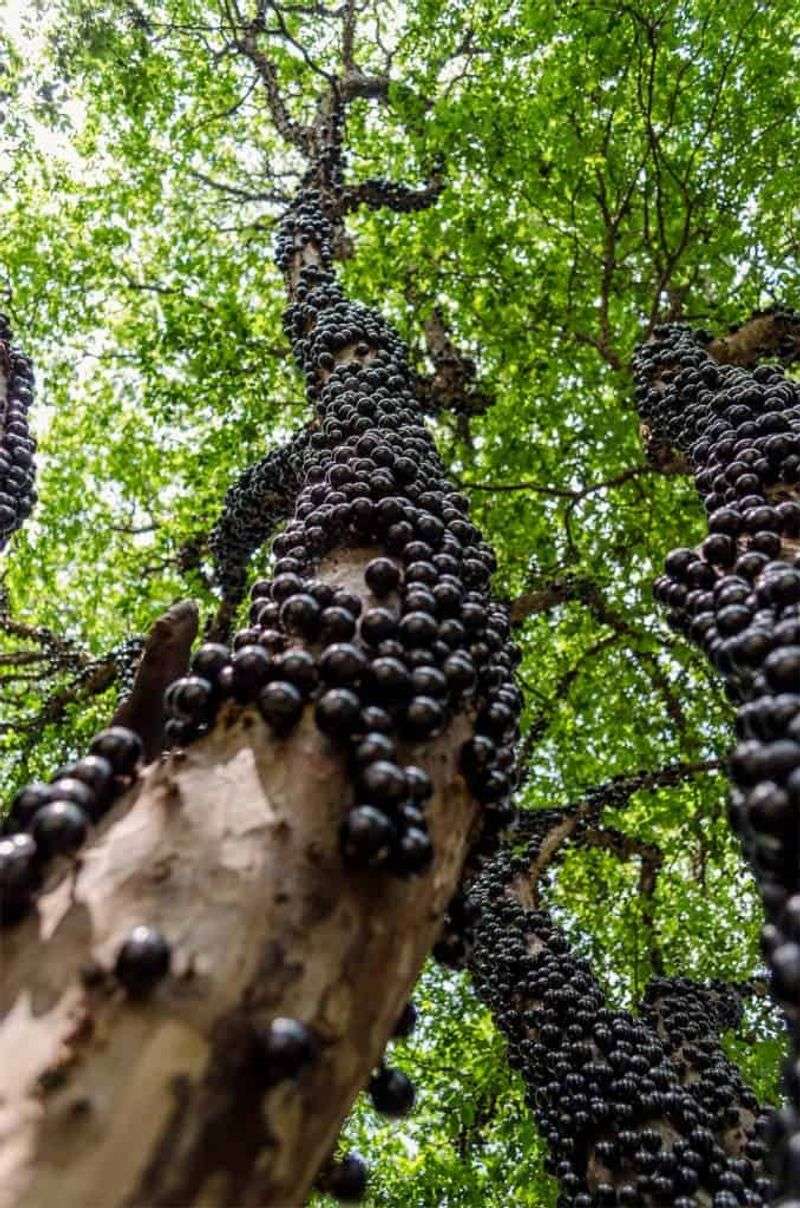
Jabuticaba is a fruit like no other, with its unique growth pattern that sees the fruit sprouting directly from the trunk and branches of the tree. Native to Brazil, this fruit is a visual spectacle as well as a culinary delight, offering a burst of flavor akin to grape and lychee.
The fruit is often eaten fresh, but it is also used in jellies, wines, and liqueurs, showcasing its versatility. Its intriguing appearance and delightful taste make it a must-try for those seeking out new flavors.
Fun fact: The jabuticaba tree can take years to fruit, making it a prized possession for backyard growers in its native region.
Miracle Fruit
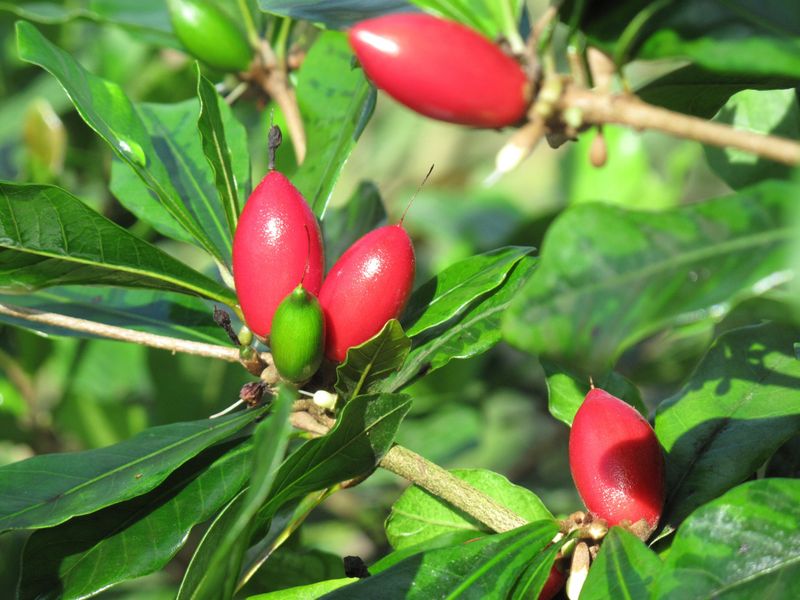
Miracle fruit is aptly named for its astonishing ability to alter taste perceptions. When consumed, this small red berry can make sour foods taste sweet, transforming the culinary experience entirely. Originally from West Africa, it has intrigued food enthusiasts around the globe.
The miracle fruit contains a protein called miraculin, which binds to taste buds and temporarily changes their response to sour flavors. Lemon slices, vinegar, and even limes taste sugary sweet after eating just one berry.
Have you tried it yet? It’s an excellent way to explore new taste sensations without adding sugar to your diet.
Achiote
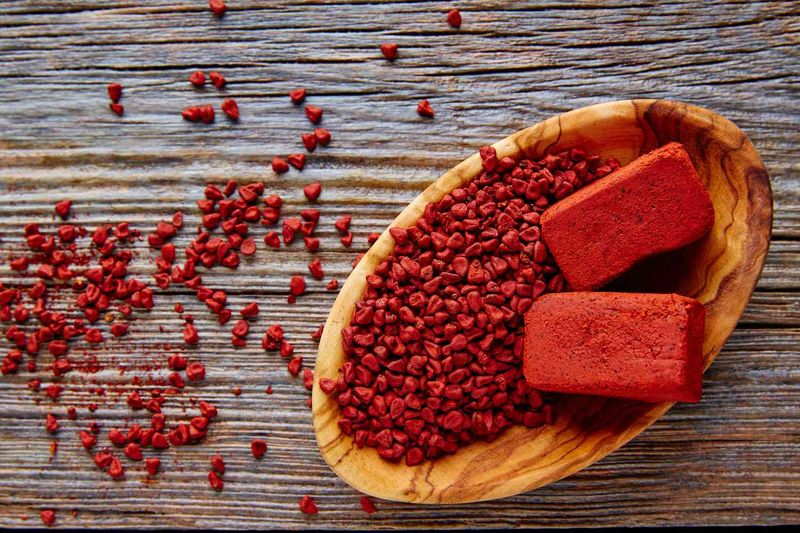
Achiote, known for its vibrant color and mild, peppery flavor, is a staple in Latin American cuisine. The seeds of the achiote tree are ground to produce annatto, a natural food coloring and spice that’s widely used in traditional dishes from Mexico to Peru.
This little-known spice adds a warm, earthy note to foods, enhancing everything from stews to grilled meats. Its striking red hue also makes it an appealing visual addition to any dish.
Did you know? Achiote has been used for centuries not just as a flavor enhancer but also as a natural dye for textiles.
Pandan
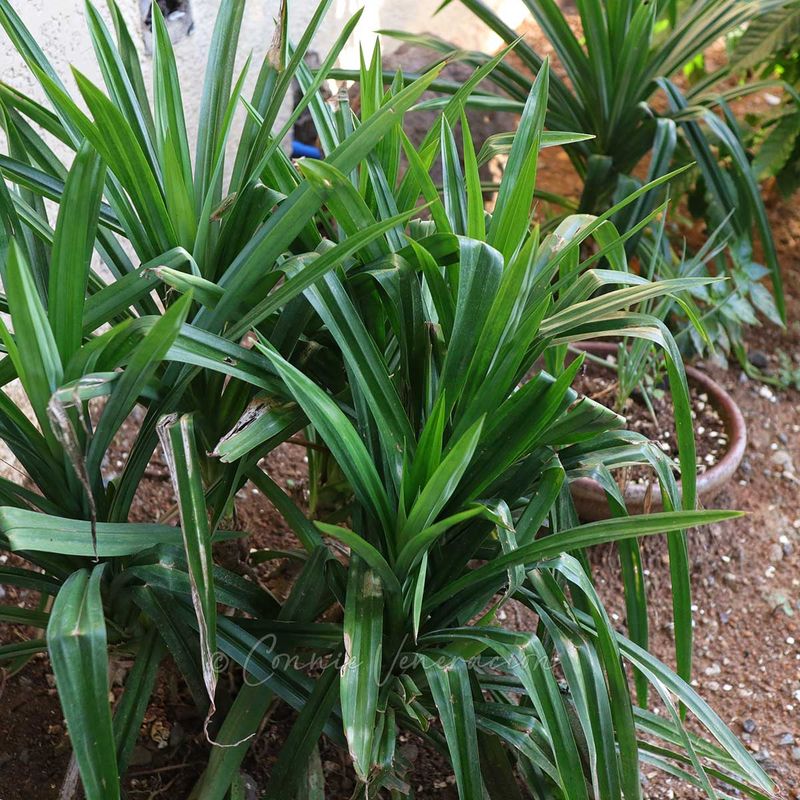
Pandan leaves are a secret weapon in Southeast Asian cooking, known for imparting a unique, sweet aroma to dishes. Often referred to as the “vanilla of Asia,” pandan is used to flavor desserts, rice dishes, and even beverages.
The leaves themselves are not eaten but are used in cooking to infuse their delightful fragrance into food. Pandan extracts and pastes are also popular for adding a green tint and flavor to cakes and sweets.
Ever tried pandan-infused rice? It’s a fragrant experience that adds depth to any meal.
Rambutan
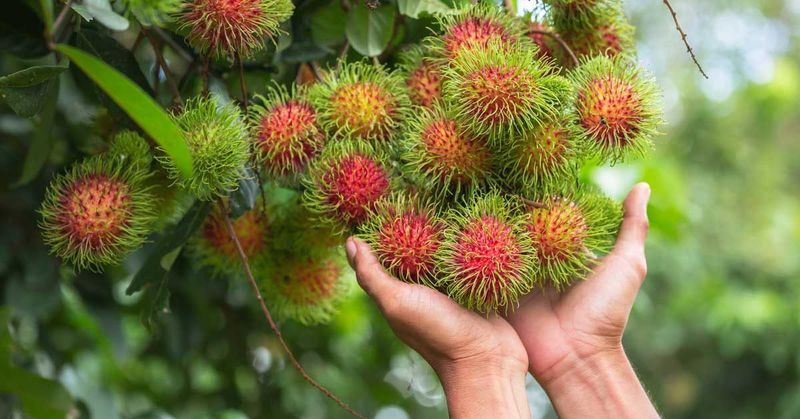
Rambutan, with its distinctive hairy shell, is a tropical fruit that’s as delightful to taste as it is to look at. Native to Malaysia, this fruit offers a sweet and creamy flavor, similar to lychee but with its own unique twist.
It’s often enjoyed fresh, peeled and eaten as is, or used in fruit salads and desserts. Its juicy, translucent flesh is a refreshing treat on a hot day.
Did you know? The name “rambutan” comes from the Malay word for “hair,” a nod to the fruit’s unusual appearance.
Mangosteen

Mangosteen is often hailed as the “queen of fruits” thanks to its exquisite taste and regal appearance. Originating from Southeast Asia, this fruit offers a delicate balance of sweet and tangy flavors wrapped in a deep purple shell.
The white, juicy segments inside are a true delight, melting in the mouth with every bite. Mangosteen is typically enjoyed fresh, but it can also be found in juices and desserts.
Fun fact: Despite its tropical origins, mangosteen has become popular worldwide, celebrated for its flavor and nutritional benefits.
Chayote
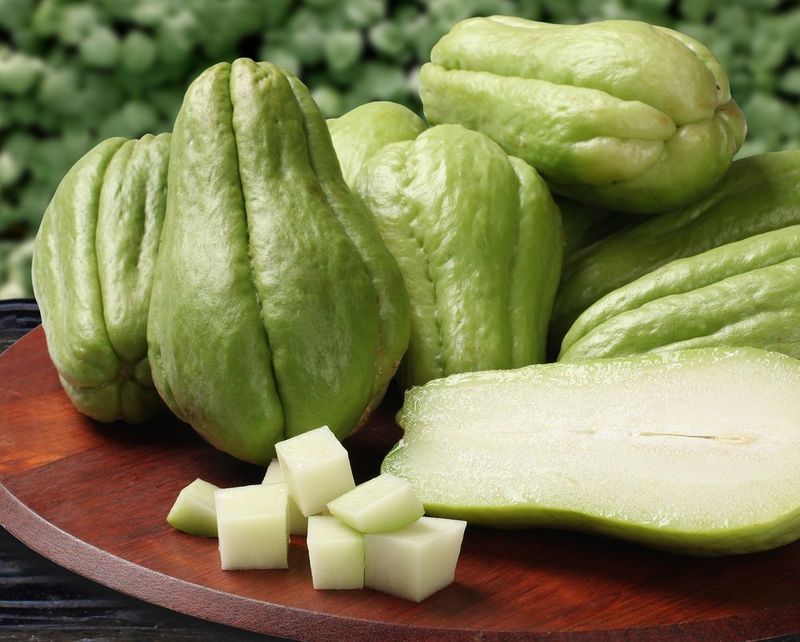
Chayote, also known as vegetable pear, is a versatile squash-like vegetable cherished in Latin American and Asian cuisines. Its mild, crisp texture makes it a perfect addition to salads, stews, and stir-fries.
Often compared to zucchini, chayote absorbs flavors well, making it a popular choice for cooking. It’s also low in calories and packed with fiber, making it a healthy option for those looking to expand their vegetable repertoire.
Ever tried adding chayote to your stir-fry? Its unique texture adds an interesting twist to any dish.
Buddha’s Hand
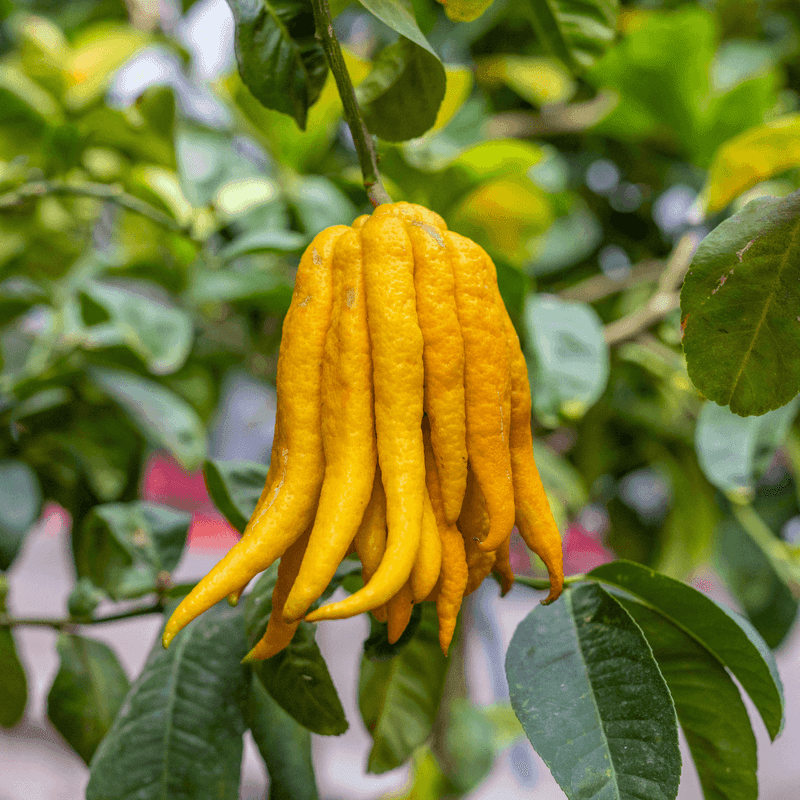
Buddha’s hand citron is not your typical citrus fruit. With its long, finger-like segments, it’s as much a visual curiosity as it is a culinary ingredient. Known for its fragrant zest, Buddha’s hand is used to infuse flavor into desserts, teas, and even cocktails.
This unique fruit contains no pulp or juice but offers a citrusy aroma that enhances any dish it touches. Its zest can be candied or grated to add a touch of fragrance and flavor to recipes.
Did you know? In China, Buddha’s hand is often used as a symbol of happiness and prosperity, making it a popular offering during the New Year.
Salsify
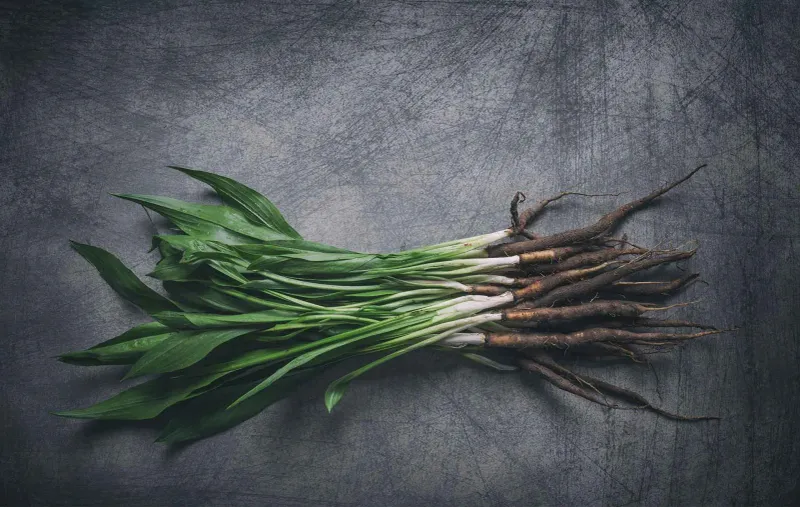
Salsify, sometimes known as the “oyster plant,” is a root vegetable with a flavor profile reminiscent of oysters or artichokes. This underappreciated vegetable is slowly making a comeback in gourmet kitchens, where its subtle taste complements a variety of dishes.
It can be roasted, mashed, or added to soups, offering a creamy texture and unique flavor that surprises the palate. Salsify is also rich in fiber, making it a nutritious choice.
Have you heard of salsify before? It’s a wonderful way to add depth and interest to classic vegetable dishes.
Ube
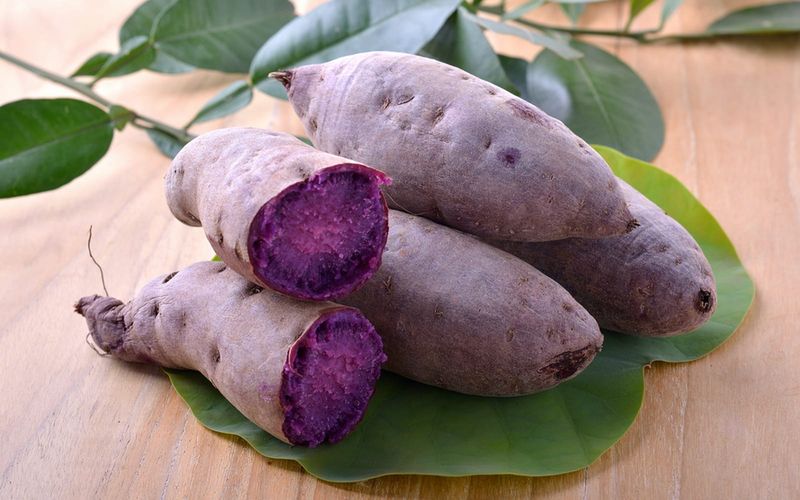
Ube, a purple yam native to the Philippines, has taken the culinary world by storm with its stunning color and sweet, nutty flavor. Often used in desserts, ube lends its vibrant hue and rich taste to cakes, ice cream, and traditional Filipino sweets like halaya.
The creamy texture and unique flavor of ube make it a favorite among chefs and home cooks alike. It’s not only delicious but also visually striking, turning any dish into a feast for the eyes.
Did you know? Ube’s popularity extends beyond the Philippines, with its distinct flavor and color becoming a trend in international cuisine.
Leave a comment